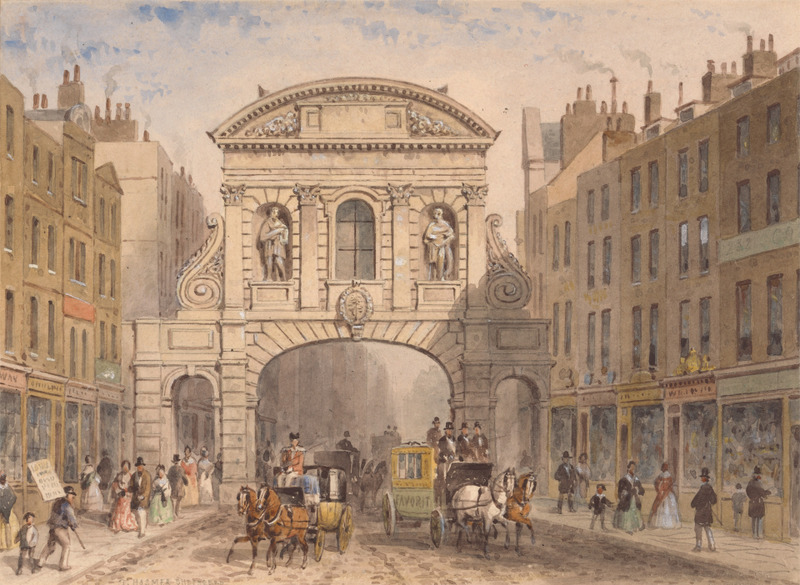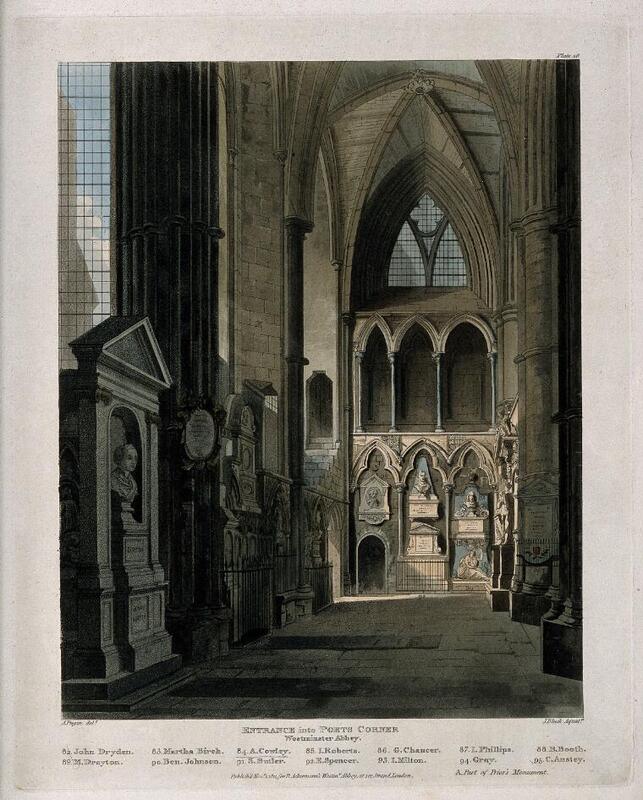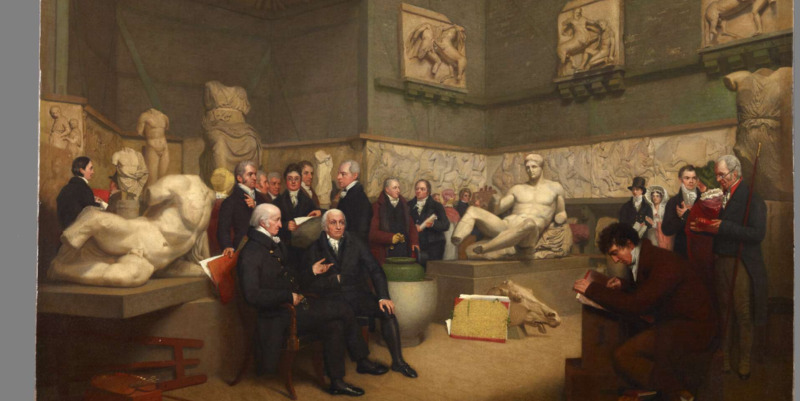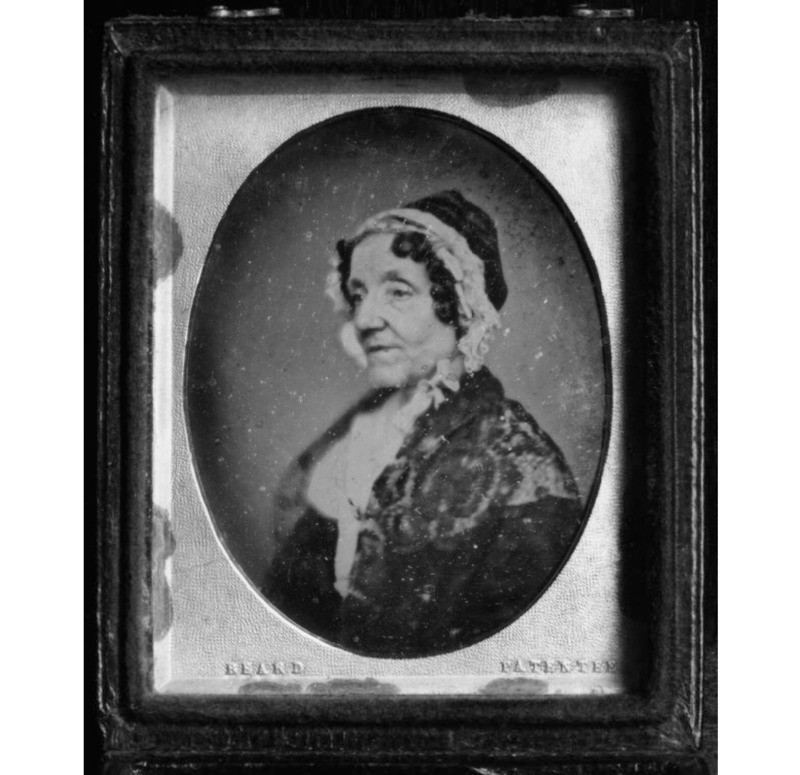England
"I had a feeling of getting home, among my own people, far beyond what I had expected."
Willard's trip to England fell within an interesting time. She was in London when the Reform Act of 1832 passed by an Act of Parliament which changed the electoral system of England and Wales. It expanded the right to vote to many more qualifying men, but, it was the first to explicitly ban any chance of a woman's right to vote, in that the Act refers to voters as a "male." Willard witnessed the celebrations during her stay, and makes no qualms about the wording of the Act. It would not have been out of the ordinary for Willard, and she likely thought of the expansion of rights in a similar way of her own expansion of education.
Her trip around England clearly is for educational expansion. This is when she makes visits to museums, monuments, and speaks with other reformers. While Paris was more culturally unique, and full of new lessons for her students, Willard takes this part of her tour to focus on her own education and personal choices.
A Visit to Westminster Abbey
The specific feature of Westminster Abbey that Willard is drawn to is Poets' Corner, the unofficial name of the southern transept of the church. The draw for her is based on her use of their work for both her own personal inspiration, and the inspiration for teaching her students about it. She personifies the work she's long studied, as though she's getting to visit old friends:
"Westminster Abbey too is sublime… inerteresting in its associations, especially to an American, beyond any spot on earth. When I found myself in the poet’s corner, surrounded by the almost “animated busts,” and breathing statues of men, from whose spirits my own had drawn many of its best energies, I felt delighted; and I made it a point to pay my respects to the company, by addressing to each of them some of their own verses; and I was guided in my selection by the face which each one seemed to wear, whether grave or gay. For a handsome face among the men, I thought Prior stood first; but there appeared to sit upon his fine lip, a little conscious pride of his own personal attractions. Milton looked as though he might have been composing the last part of his invocation to light."1
1. Emma Willard, Journal and Letters from France and Great Britain (Troy: N. Tuttle, 1833), 293.
A Visit to The British Museum
Most visits Willard makes have some tie back to America. This is an example of where we see a transatlantic exchange of ideas, though unevenly. A British explorer took artifacts of the Innuit people of Alaska back with him to England, and they were put on view in the British Museum. We also see this with the Elgin Marbles, which had recently been taken from Greece and placed on view in the Museum. This shows how the museum was a cultural epicenter, though not so much through their own goods, but through the goods of other countries. It shows the expansion of ideas and development of formal museums.
"We visited with Mrs. ---, the British Museum. “Here,” said she, “we shall see something from your country,” and we were shown a collection of articles from the region of the Esquimaux! The Elgin marbles, the remnants of despoiled Greece, particularly attracted my attention; as did the more massy, and perfectly preserved remains of Egyptian antiquities." 1
1. Emma Willard, Journal and Letters from France and Great Britain (Troy: N. Tuttle, 1833), 298.
A Visit with Maria Edgeworth
Maria Edgeworth was an Irish author, as well as education reformer. Like her visit to Poets' Corner, Willard marvels at being able to see the writer in person, and in this case, converse with her. She says she had "a degree of intensity in my feelings towards Miss Edgeworth, of which I myself was hardly aware, until I saw her. I had long communed with her through her writings, and often wished to see and converse with her; and now she was before me..."2
She makes a footnote in which she speaks directly to her pupils, acknowledging that they should all buy Edgeworth's many works. Her commentary on the Edgeworth's work shows Willard's ideas of an ideal school curriculum. By reading Edgeworth's work, her students would "improve them in an elegant, easy conversational French style; while at the same time, they will find their morals and manners made better by its sentiments."2
1. Emma Willard, Journal and Letters from France and Great Britain (Troy: N. Tuttle, 1833), 304.
2. Emma Willard, Journal and Letters from France and Great Britain (Troy: N. Tuttle, 1833), 303.



